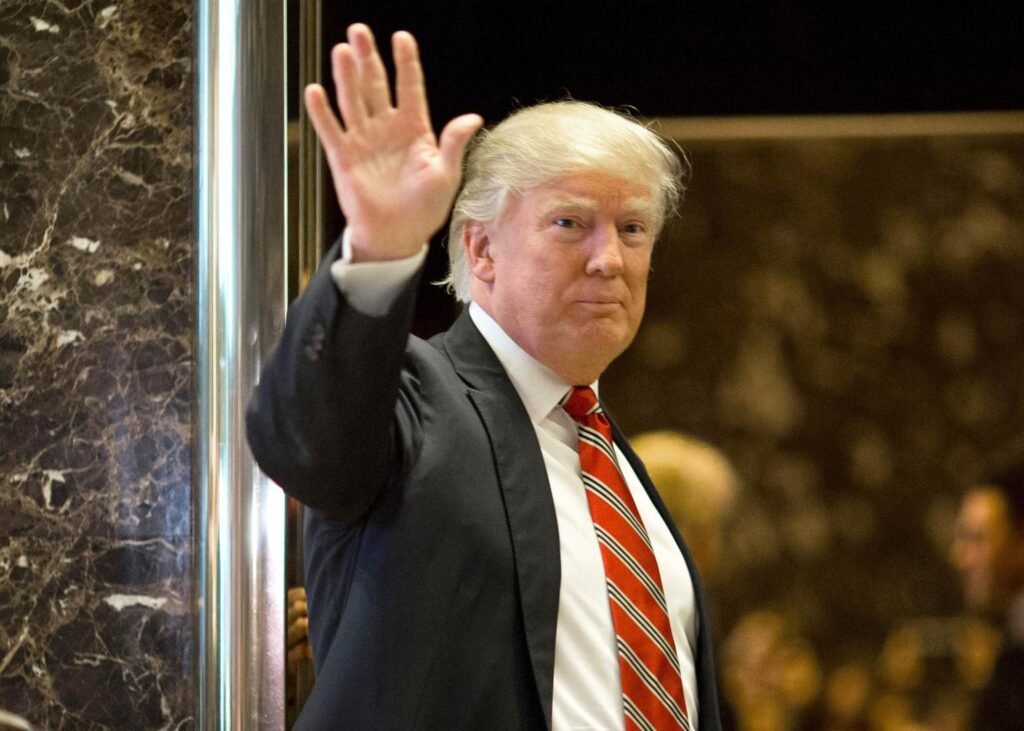U.S. President Donald Trump has announced a 25% tariff on goods from Canada and Mexico set to take effect on February 1. He claims the decision is aimed at tackling illegal immigration reducing fentanyl smuggling and addressing trade imbalances with America’s neighbors. However he has yet to decide whether oil imports from these countries will be included.
Trump also hinted at imposing new tariffs on China citing the country’s role in fentanyl distribution in the U.S. and its impact on American deaths. While he previously suggested a 10% tariff on Chinese imports he now appears to be considering stronger measures. During his election campaign he even floated the idea of tariffs as high as 60% on Chinese products.
Canada and Mexico have warned they will retaliate with their own tariffs potentially sparking a trade dispute. Economists worry that new tariffs could drive up prices for American consumers particularly if oil imports are affected leading to higher costs for gasoline and everyday goods.
With trade tensions escalating and global markets watching closely the big question remains—will these tariffs strengthen the U.S. economy or backfire by increasing costs for businesses and consumers?


